Publications
Automatic landmark location on human skulls
Craniofacial Superimposition
Published on September 13, 2021
Written by Enrique Bermejo
Craniofacial analysis requires finding the exact location of anatomical features. Precisely marking these features with reference points is described as landmark annotation or “landmarking”. When performing a skull-face overlay (SFO) in Skeleton-ID, a set of corresponding landmarks is required to be located on both the skull and the photograph. The following article describes Skeleton-ID’s upcoming technology to automatically annotate landmarks on a skull.
Craniofacial landmarks provide the base for many forensic identification methods like facial comparison or craniofacial superimposition. However, landmark annotation is a manual and time-consuming task whose results and accuracy are largely defined by the experience of the expert placing them. In addition, there is a localization error inherent to the landmarking task (Campomanes-Álvarez et al. 2014), which in turn depends on the type of landmark considered: Type I, II, or III (Bookstein, 1991). A specific anatomical definition for the landmarks should be considered to standardize the procedure and minimize potential errors (Caple and Stephan, 2015). Errors committed during the landmark location process can have wide-ranging consequences as they might lead to wrong assumptions and ultimately to wrong results.
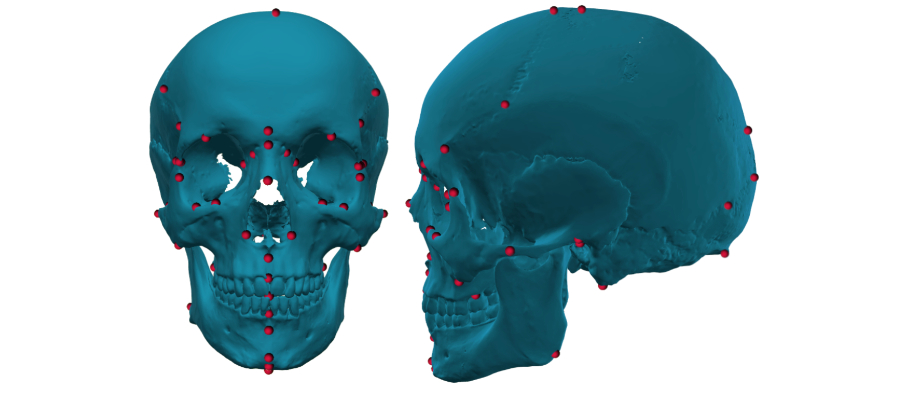
To avoid such problems, we have developed, in collaboration with the National Research Institute of Police Science and the University of Granada, an automatic landmark annotation feature that works in two stages. First, a 3D template of a skull is used to approximate the landmark placement on the target skull. Here, the 3D geometry of the template is deformed to fit the exact shape of the target skull. However, this placement is not always optimal anatomically speaking and refinement is necessary.
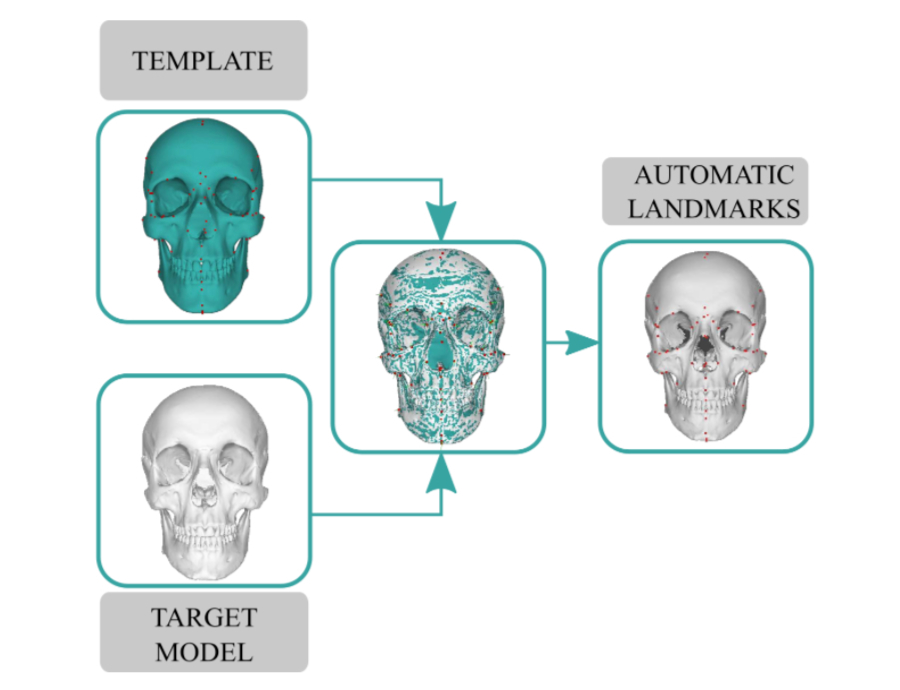
Therefore, a second stage is tasked to improve the location of each landmark according to its anatomical definition. Multiple heuristics are considered to assist this task, such as finding the vertical symmetric plane, detecting orbital and nasal contours, cranial sutures, using curvature to find the most extremal locations near a point, or even simulating an instrumental measurement to relate two landmarks. The process is completely streamlined and imperceptible to the user.
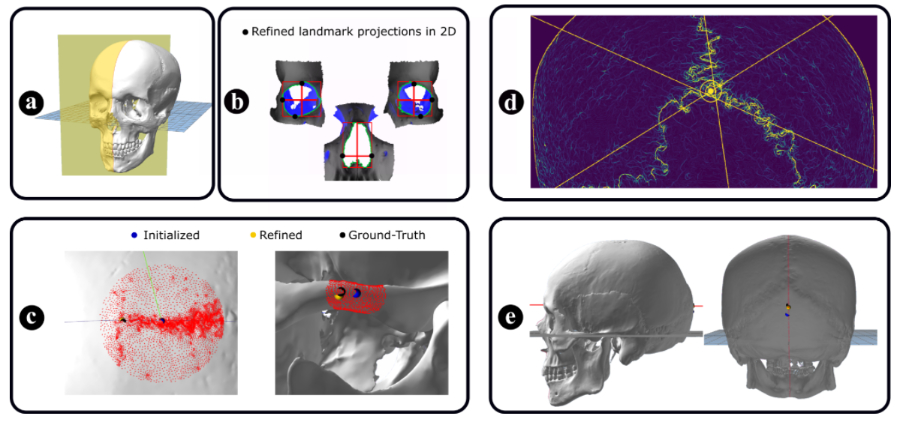
Our new automatic method has been designed for use-cases like craniofacial superimposition, ancestry determination, or facial reconstruction where skulls are often not well preserved or incomplete. It is fast, accurate, and versatile. Depending on the application at hand, any set of landmarks can be considered for automatic annotation. In addition, different templates can be used provided a specific population sample (age, sex, ethnic group, etc.).
An experimental study was performed on 30 different skulls where three forensic experts manually located the same set of 58 landmarks using Skeleton-ID. The list of automatic landmarks and their dispersion error can be seen in Table 1. The average dispersion for the set of 58 landmarks used in this study is about 2.2 mm. Such value is really close to the inter-and intra-observer dispersion of human experts at approximately 1.7 mm. The error was measured against the consensus location of the three experts, which is still biased. However, in a subsequent visual evaluation, most of the automatic results (around 82%) were regarded as equal or better than the manual landmarks, which validated the confidence in the automatic approach. The new method provides a valuable and reliable alternative to the manual landmark annotation for forensic tasks.
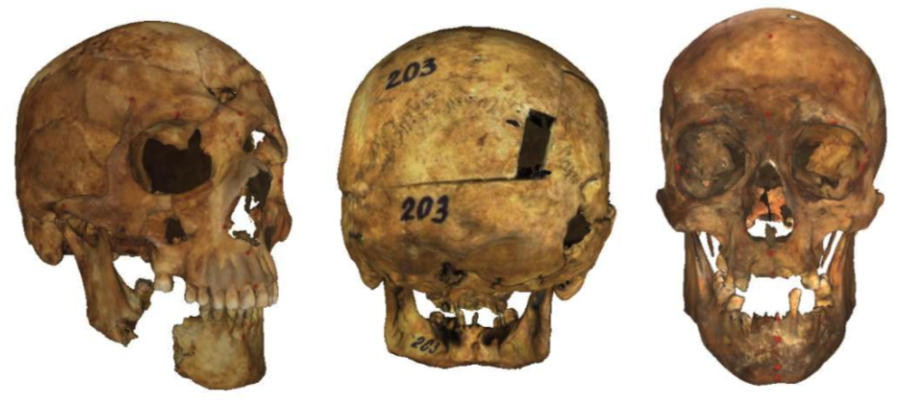
The approach is completely automatic and works without manual intervention. It is about six times faster than the manual process performed by an expert. In addition, there is an important remark, the automatic landmarks are free from the bias of the annotator, which means they are not affected by subjectivity, fatigue, or skills.
At Panacea, we are very excited about this as this research could be the key for automatic landmark location in Skeleton-ID. This post is a summary of the methods and results published in the prestigious scientific journal Computer Methods and Programs in Biomedicine under a Creative Commons license. The reader can freely access the entire publication through the following link.
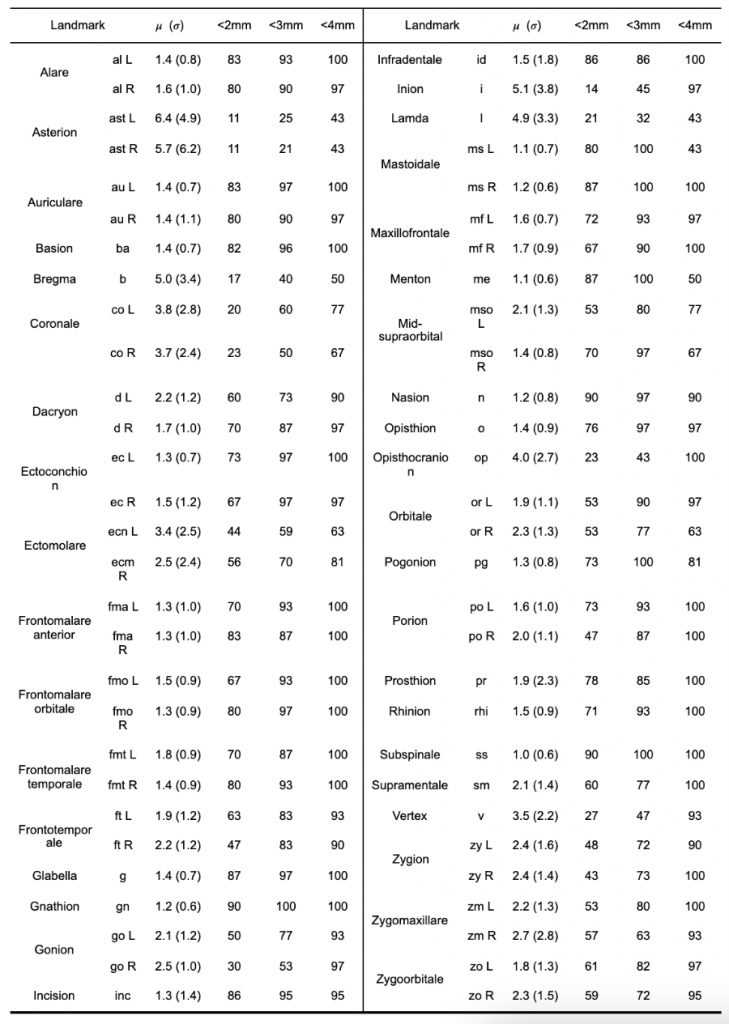
Written by
Enrique Bermejo
Researcher at UGR and Panacea Cooperative Research
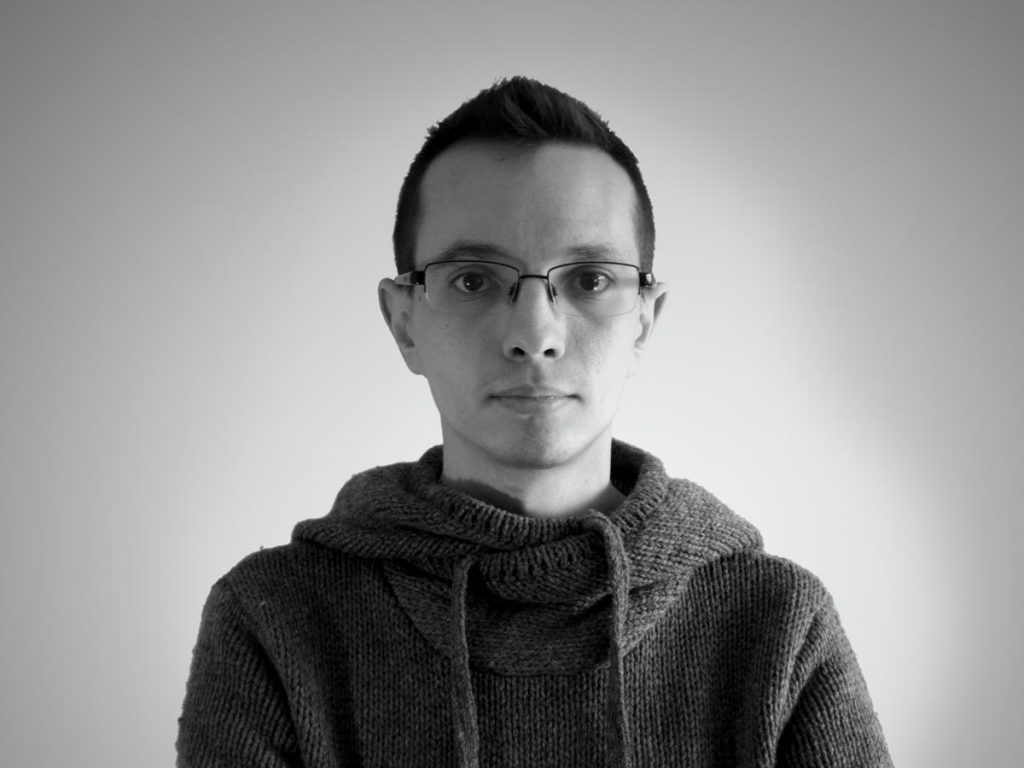
References
B. R. Campomanes-Álvarez, O. Ibáñez, F. Navarro, I. Alemán, O. Cordón, S. Damas, Dispersion assessment in the location of facial landmarks on photographs, International Journal of Legal Medicine, Vol. 129 (1), 2014, pp. 227–236. 10.1007/s00414-014-1002-4.
F. L. Bookstein, Morphometric Tools for Landmark Data: geometry and biology, Cambridge University Press, 1991. 10.1017/cbo9780511573064.
J. Caple, C. N. Stephan, A standardized nomenclature for craniofacial and facial anthropometry, International Journal of Legal Medicine, Vol. 130 (3), 2015, pp. 863–879, 10.1007/s00414-015-1292-1.
Enrique Bermejo, Kei Taniguchi, Yoshinori Ogawa, Rubén Martos, Andrea Valsecchi, Pablo Mesejo, Óscar Ibáñez, Kazuhiko Imaizumi, Automatic landmark annotation in 3D surface scans of skulls: Methodological proposal and reliability study, Computer Methods and Programs in Biomedicine, Vol. 210, 2021, 10.1016/j.cmpb.2021.106380.
